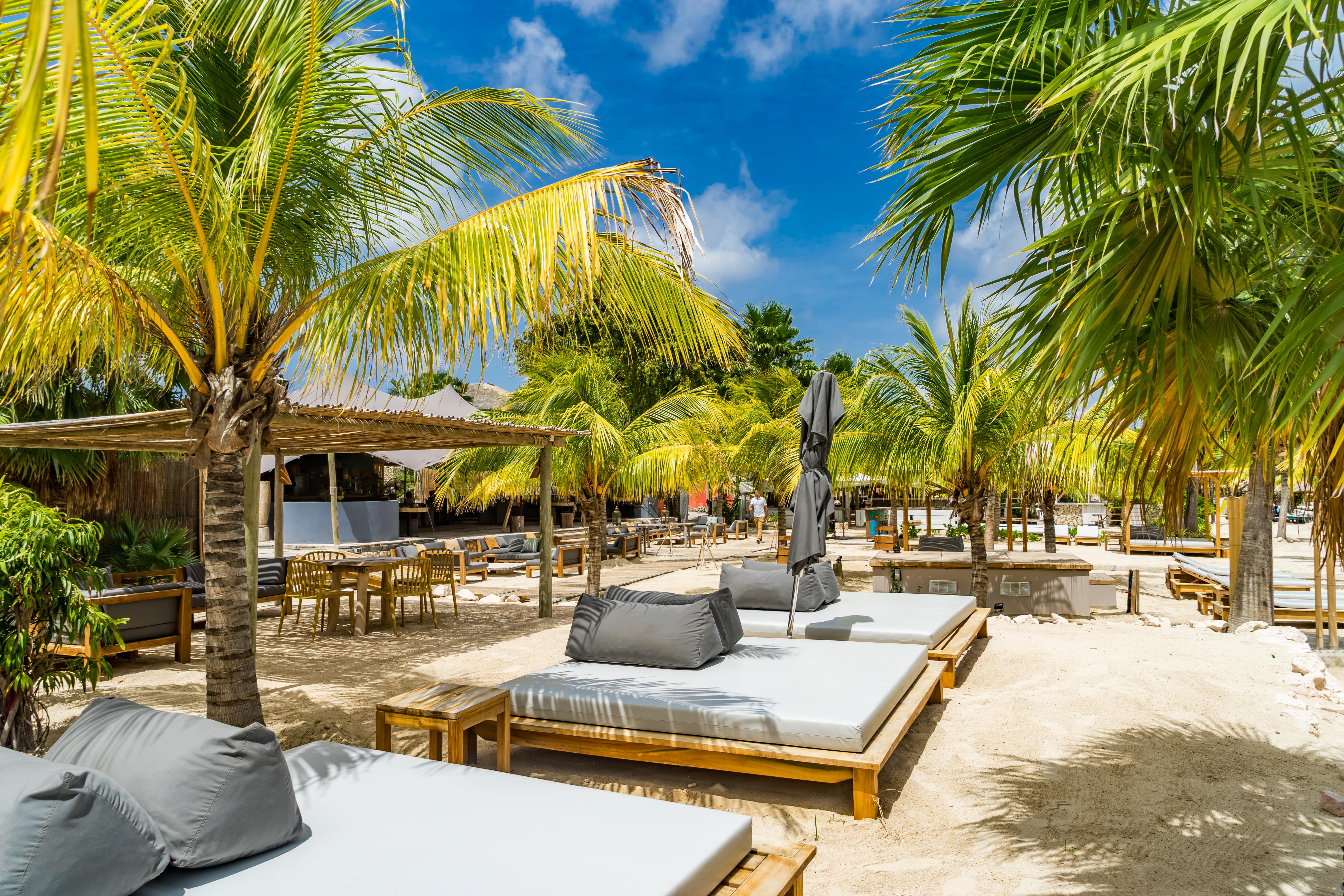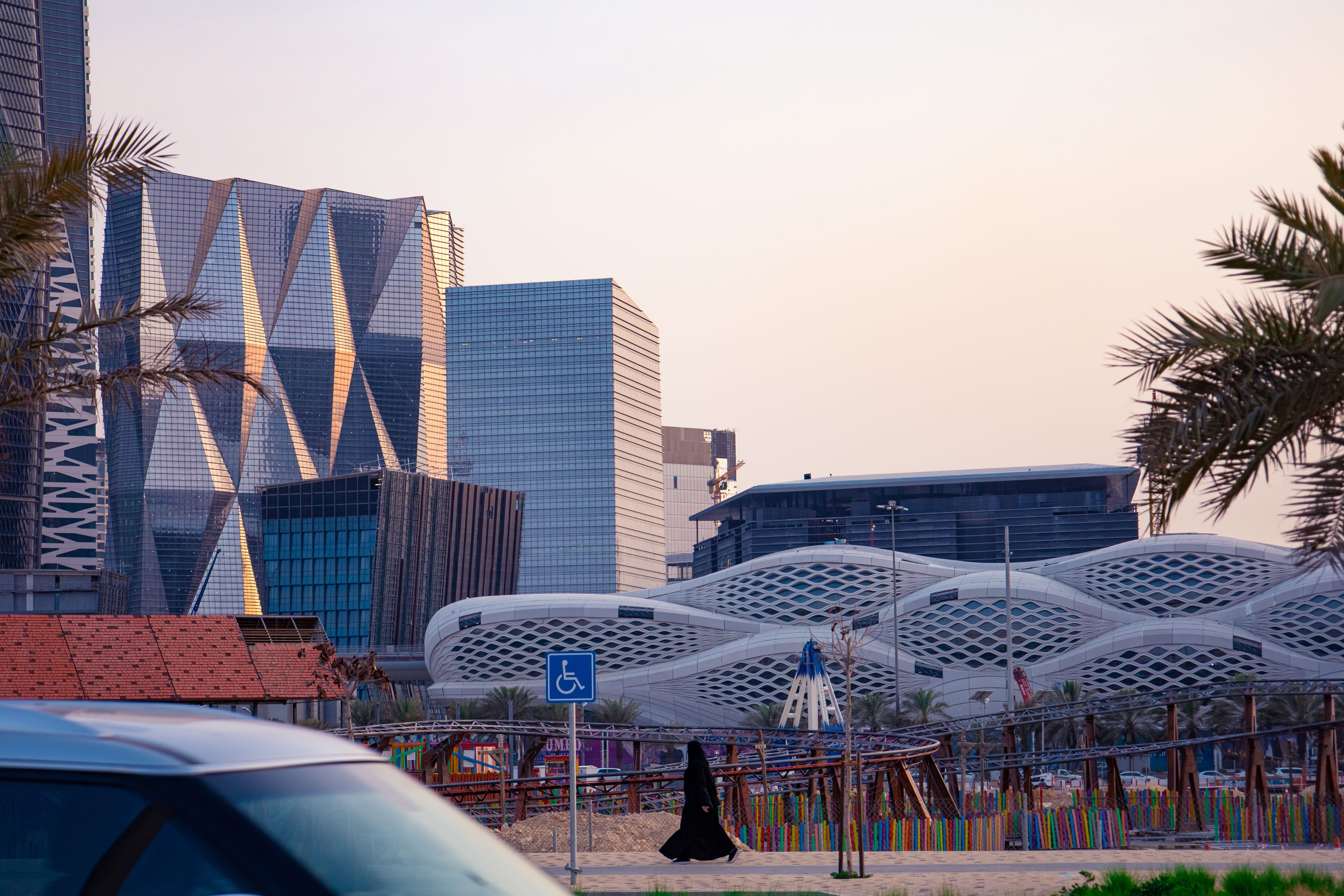Choosing the Ideal Vehicles to Explore Turkey: Ultimate Guide
June 30th 2025
Turkey is one of those rare places where you can go from ancient ruins to snowy mountains, from bustling bazaars to quiet seaside villages—all in just a few hours.
That's why choosing the ideal vehicles to explore Turkey makes all the difference. From rental cars to campervans, motorbikes to trains, each option offers something unique.
In this guide, we'll walk you through the top ways to get around, so you can pick what suits your trip best, without breaking the bank or losing your sanity.
Rental Cars: Freedom on Four Wheels
Renting a car to explore Turkey is the ideal way to experience the diversity of the country at your own pace, truly, it's by. Whether you're driving along the turquoise coast, through Cappadocia's fairy chimneys, or across Anatolia's rolling hills, having your own set of wheels gives you total freedom.
Why Rent a Car in Turkey?
- Flexibility: Go where you want, when you want.
- Comfort: Avoid crowded buses or long waits for public transport.
- Accessibility: Reach remote spots like Göreme, Kaş, or Mount Nemrut easily.
Tips Before You Rent:
- International Driver's License: Required for most foreign visitors.
- Insurance: Always check what's included. Collision Damage Waiver (CDW) is a must.
- Pickup Location: Istanbul Airport is the most convenient spot to start your journey. Final Rentals make the process smooth and stress-free.
By the numbers: Over 1.2 million tourists rented cars in Turkey in 2024, with 87% preferring automatic transmission.
Buses: Budget-Friendly & Widespread
For budget-conscious travellers, intercity buses are the most popular way to get around Turkey. With a well-developed network operated by private companies and state-run services, you can reach almost every corner of the country.
Major Bus Routes Include:
- Istanbul → Ankara (6–7 hours)
- Ankara → Cappadocia (4–5 hours)
- Antalya → Pamukkale (3–4 hours)
What to Expect:
- Comfort levels vary: Look for "VIP" or "Lüks" buses for better legroom and snacks.
- Ticket booking: Use apps like Obilet or Kamil Koç to book ahead.
- Safety: Turkish buses are generally safe, but always keep an eye on your belongings.
Pro Tip: Book night buses to save time and money—just bring a neck pillow!
Trains: Scenic and Slow Travel Friendly
While Turkey's train network isn't as fast or frequent as in Europe, it's steadily improving, and perfect for travellers who enjoy a slower pace.
Popular Train Routes:
- Istanbul to Ankara: High-speed YHT train takes just over 4 hours.
- Ankara to Konya: Great for visiting Sille or heading toward Cappadocia.
- Eğirdir to Burdur: A scenic route near Lake Eğirdir and the ancient city of Sagalassos.
Things to Know:
- Reservations required – especially during peak season.
- First class vs Economy: First class has more space and free drinks/snacks.
- Scenic value: Not all routes are picturesque, but some—like the ones near the Aegean—are pretty beautiful.
Fun fact: Turkey's first high-speed rail opened in 2009 between Ankara and Eskişehir. Today, YHT trains run up to 250 km/h.
Campervans & Motorhomes: On-the-Road Living
Want to wake up next to a mountain lake or fall asleep under the stars by the sea? Then a campervan or motorhome might be your dream come true.
Where to Drive a Camper in Turkey:
- The turquoise Coast is Perfect for coastal camping near Fethiye or Dalyan.
- Cappadocia: Wake up surrounded by fairy chimneys.
- Black Sea Region: Lush greenery and waterfalls await.
What to Consider:
- License requirements: Most agencies require a standard driver's license.
- Fuel stations: Available everywhere, but plan in rural areas.
- Parking & Overnight Stays: Some campsites allow overnight parking, while others don't. Apps like CamperStop help.
Cost range: €80–€150/day depending on size and features.
Motorcycles: For the Adventurous Spirit
If you're looking for excitement and a sense of freedom, riding a motorcycle through Turkey is a thrilling way to explore.
Ideal Motorcycle Routes:
- Antalya to Alanya: Coastal views and winding roads.
- Fethiye to Marmaris through pine forests and along the Mediterranean.
- Kaş to Kalkan: Quiet roads and stunning sea vistas.
Important Notes:
- Helmet mandatory – and not just for safety, but also by law.
- Road conditions are mostly good, but expect some rough patches in rural areas.
- Local traffic habits: Be cautious in cities like Istanbul and Izmir.
Pro tip: Join guided motorcycle tours if you're new to the region—they provide bikes, guides, and accommodations.
Boats & Ferries: See Turkey From the Water
Turkey is surrounded by water on three sides, making boats and ferries a natural part of exploring the country.
Types of Boat Travel:
- Public ferries: Connect Istanbul's European and Asian sides.
- Private boat tours: Offer day trips to islands like Heybeliada or the Prince Islands.
- Gulet cruises: Multi-day sailing adventures along the Aegean and Mediterranean coasts.
Must-Visit Water Destinations:
- Prince Islands: Just a short ferry ride from Istanbul.
- Bodrum Base for gulet cruises and island hopping.
- Kaş: Jump on a boat to visit sunken cities or swim in crystal-clear waters.
Insider tip: Book early in summer—the best boats get reserved months in advance.
Domestic Flights: Speedy & Stress-Free
Sometimes, you just need to cover a lot of ground quickly. That's where domestic flights shine.
Top Domestic Airports:
- Istanbul (IST) – Main hub
- Ankara (ESB)
- Antalya (AYT)
- Izmir (ADB)
When to Fly:
- Short on time
- Visiting multiple regions (e.g., Istanbul → Cappadocia → Antalya)
- Wanting to avoid long bus rides
Cost Comparison:
- Low-cost airlines like Pegasus and AnadoluJet offer flights starting at ₺150 (~ USD 10) if booked early.
- Full-service carriers like Turkish Airlines cost a bit more but offer better comfort.
Travel hack: Use flight comparison sites like Skyscanner or Google Flights to find deals.
Horses & Donkeys: Step Back in Time
Yes, seriously! In some rural parts of Turkey, horses and donkeys are still used for travel, especially in small villages and hiking trails.
Where to Try This:
- Mount Arara: Trekking to the summit often involves donkey support.
- Saglikli: A traditional town near Ayvalık offering horseback riding experiences.
- Eastern Anatolia: Nomadic tribes use horses for seasonal migration.
Cultural Experience:
- Learn about local traditions.
- Support community-based tourism.
- Enjoy a slow, mindful way to connect with nature.
Note: These aren't for everyone, but if you're curious and open-minded, it's a unique adventure.
Walking & Cycling: The Greenest Way to Explore
You don't always need a vehicle to get around. Turkey's historic centres, pedestrian zones, and nature trails are best explored on foot or by bike.
Walking Cities:
- Istanbul's Old Town: Hagia Sophia, Blue Mosque, and Grand Bazaar are within walking distance.
- Cappadocia: Walk among fairy chimneys and ancient cave churches.
- Safranbolu: A UNESCO town perfect for strolling cobblestone streets.
Bike-Friendly Spots:
- Istanbul: Bike lanes along the Bosphorus.
- Bodrum: Coastal paths are ideal for cycling.
- Alaçati: Known for its windsurfing and bike-friendly terrain.
Tip: Many hostels and hotels offer free bike rentals—ask before you go!
Taxis & Ride-Sharing: Quick and Easy
When you just need to get somewhere fast without the hassle, taxis and ride-hailing apps are your friends.
Popular Ride Apps:
- BiTaksi
- Uber
- Getir
How Much Does It Cost?
- Short rides in Istanbul: ~₺50–₺100 ($2.50–$5 USD)
- Airport transfers: ~₺150–₺200 ($7–USD 10)
Safety Note:
- Always use licensed taxis or trusted apps.
- Agree on the price or ensure the meter is running.
Choosing the Best Vehicles to Explore Turkey
So, what's the best vehicle to explore Turkey?
It depends on what kind of traveller you are:
- Need flexibility and freedom? Rent a car.
- Love the idea of living on the road? Try a campervan.
- Craving speed and convenience? Fly!
- Want to slow down and see things differently? Walk, bike, or take a boat.
Each method has its perks and challenges, but together they give you the tools to create a Turkey's trip that's uniquely yours.
No matter how you move, Turkey will welcome you with open arms, rich history, delicious food, and unforgettable scenery.
Now go out there and explore!
Recommended Vehicles to Explore Turkey
1. Toyota Land Cruiser 200 Series
Why It's Great:
- 4x4 with low-range gearing
- Diesel engine options (good for fuel efficiency on long trips)
- Durable suspension system – perfect for rocky or muddy paths
- High ground clearance
Best For:
- Mountain passes in Eastern Turkey
- Remote trails near Mount Ararat or Lake Van
- Cross-border travel into Georgia, Armenia, or the Balkans
Fuel Type:
- Diesel (3.0L V6 turbo)
Rental Cost (approx.):
- From €150–€250/day in Turkey (depends on season and location)
Why it works: The Toyota Land Cruiser is legendary for its off-road capabilities and reliability. Locals in rural and mountainous regions often use it.
2. Jeep Wrangler Unlimited Rubicon
Why It's Great:
- Factory-fitted off-road package
- Removable doors and roof – great for scenic drives
- Locking differentials and skid plates
- Strong resale value
Best For:
- Adventure travellers who love open-air driving
- Rugged terrain in Cappadocia or along the Black Sea coast
- Off-grid camping
Fuel Type:
- Gasoline (3.6L V6 or optional diesel)
Rental Cost (approx.):
- From €180–€300/day depending on region
Why it works: While not commonly found in rental fleets, some private operators offer modified Wranglers for adventurous tourists. Perfect if you're looking for fun and function.
3. Ford Ranger Double Cab (Pickup Truck)
Why It's Great:
- Turbo-diesel engine
- Twin-turbo option for better performance
- Spacious cabin and rear storage bed
- Robust chassis for towing or carrying gear
Best For:
- Long-distance exploration across Anatolia
- Carrying camping gear or bikes
- Driving through rain-soaked or snowy roads
Fuel Type:
- Diesel (2.0L Bi-Turbo)
Rental Cost (approx.):
- From €90–€170/day
Why it works: The Ford Ranger is one of the most popular pickup trucks in Turkey—used by construction crews, farmers, and adventurers alike. Its durability and load capacity make it ideal for extended road trips.
4. Mercedes-Benz Sprinter Campervan (Converted)
Why It's Great:
- Ample interior space for sleeping, cooking, and storage
- Customizable layouts (kitchen, shower, toilet)
- Air suspension for a smooth ride
- Fuel-efficient diesel engines
Best For:
- Overlanding in remote areas
- Family or group travel
- Cross-border trips into Bulgaria, Greece, or the Balkans
Fuel Type:
- Diesel (2.1L turbo)
Rental Cost (approx.):
- From €100–€200/day (converted campervans may cost more)
Why it works: A converted Sprinter van gives you the freedom to stay anywhere. With proper planning, you can reach places without accommodation and still be cosy.
5. Suzuki Jimny
Why It's Great:
- Compact but surprisingly capable off-roader
- Lightweight and manoeuvrable
- Low-range transfer case
- Excellent for tight trails and narrow mountain roads
Best For:
- Short weekend adventures
- Exploring hidden villages
- Budget-friendly off-road travel
Fuel Type:
- Petrol (1.5L naturally aspirated)
Rental Cost (approx.):
- Not widely available as rentals, but increasingly popular among private owners; expect €70–€120/day if availabl.e
Why it works: The Suzuki Jimny is perfect if you're solo or a couple wanting to explore lesser-known trails. Ideal for narrow Turkish village roads and goat paths!
6. Renault Duster / Dacia Duster
Why It's Great:
- Affordable yet rugged
- All-wheel drive version available
- Good ground clearance
- Popular in Turkey – easy to find parts and mechanics
Best For:
- Budget-conscious travelers
- Moderate off-road use
- City-to-mountains trips
Fuel Type:
- Diesel or petrol (1.5 dCi or 1.2 TCe)
Rental Cost (approx.):
- From €40–€80/day. Why it works: The Duster is a favourite among local adventurers. It won't tackle extreme trails, but it's reliable enough for most backroads and dirt tracks.
7. Hyundai Tucson (4x4)
Why It's Great:
- Balanced mix of comfort and capability
- Well-equipped interiors
- Modern safety features
- Reliable in snow and light mud
Best For:
- Winter driving in Central Anatolia
- Families or couples
- Daily use with occasional off-road detours
Fuel Type:
- Petrol (1.6T) or diesel (1.7 CRDi)
Rental Cost (approx.):
- From €60–€120/day
Why it works: Hyundai has a strong reputation in Turkey for after-sales service and reliability. The Tucson is a good middle ground between comfort and capability.
8. Volkswagen Tiguan (4Motion AWD)
Why It's Great:
- Luxury feel with all-wheel drive
- Great highway performance
- Comfortable for long journeys
- Easy to rent from major agencies
Best For:
- Urban + rural combo trips
- Snowy winter drives
- Travellers who prefer stle and tech
Fuel Type:
- Petrol (1.4 TSI or 2.0 TSI)
Rental Cost (approx.):
- From €70–€150/day
Why it works: VW is a trusted brand in Turkey, and the Tiguan offers a blend of city comfort and mild off-road ability, great for mixed terrain.
9. Nissan X-Trail (Qashqai) – 4x4 Version
Why It's Great:
- Japanese build quality
- Hybrid and diesel versions are available
- Good visibility and seating position
- User-friendly tech
Best For:
- Every day driving with occasional trail use
- Coastal + inland combo trips
- Families with kids
Fuel Type:
- Diesel or hybrid (1.5 dCi or 1.2 DIG-T Hybrid)
Rental Cost (approx.):
- From €60–€110/day
Why it works: The Nissan X-Trail is a common sight on Turkish roads. Reliable, practical, and suitable for varied terrain.
10. Toyota Hiace Campervan
Why It's Great:
- Spacious interior layout
- Can sleep 2–4 people easily
- Ideal for DIY conversions
- Robust engine and simple maintenance
Best For:
- Overlanding in Turkey and the Balkans
- Solo or small-group travellers
- Long-term road trip enthusiasts
Fuel Type:
- Diesel (2.5L or 3.0L turbo)
Rental Cost (approx.):
- From €90–€180/day (converted ones may cost more)
Why it works: The Toyota Hiace is known for its longevity and ease of repair, even in remote towns. Great for self-sufficient travel.
Best Cars to Explore Turkey: FAQS
What's the ideal vehicle for a scenic coastal road trip in Turkey?
A compact SUV like the Hyundai Tucson or Nissan Qashqai is perfect for winding Aegean and Mediterranean coastal roads. They offer fuel-efficient engines, responsive handling on curves, and enough trunk space for beach gear—ideal for long drives along Turkey's shorelines.
Should I rent an SUV or a sedan for Valley tours in Cappadocia?
Cappadocia's uneven terrain, especially trails like Love and Rose Valleys, favours an SUV with high clearance. Models like the Citroën C5 Aircross or Peugeot 3008 give better suspension, stability, and passenger comfort.
Which small car models are best for city-to-country drives?
Popular economy models like the Renault Clio and Hyundai i20 are ideal for urban-to-rural transitions. Their compact size makes parking easy in cities like Istanbul, while efficient engines and manageable power (≈100 hp) handle secondary roads reasonably well.
Do I need a 4×4 vehicle for exploring the Kaçkar Mountains?
A mid-range SUV is sufficient. Travellers noted heavy-duty trucks such as the Toyota Hilux or Ford Ranger are overkill, and can hinder navigation on narrow routes. Instead, opt for SUVs with moderate off-road capability for balance.
What features make an SUV family-friendly in Turkey?
Choose SUVs with large trunks (≥ 600 L), good fuel efficiency, and safety features like ABS. The Hyundai Tucson is frequently named top family choice, offering about 620 L of boot space, a smooth ride, and reliability, ideal for extended family road trips.
Is diesel or petrol better for Turkey road trips?
Most rental fleets run Euro-diesel engines, which are more economical than petrol. Diesel cars deliver superior mileage, and Turkey has plentiful diesel stations. Just check if your agency charges for toll transponders required on highways.
How important is the fuel motor size for long-distance drives?
A 1.6–2.0 L engine provides the right mix of torque and fuel efficiency, especially for multi-passenger or luggage-heavy trips. Economy models (1.2 L) save fuel but may feel underpowered uphill.
Is it worth renting an electric vehicle like the TOGG T10X?
The Turkish-made Togg T10X electric SUV (range ~523 km WLTP) is promising for long-distance eco-trips. It includes ADAS, fast charging, and high ride quality—but check the charging infrastructure and availability among rental fleets first.
What's the best vehicle for winter travel in Turkey?
An SUV with winter tires is advisable for snowy routes in places like Erzurum or Cappadocia in winter. Ensure it has good ground clearance, ABS, and traction control for icy roads.
Can we do one-way rentals across Turkey?
Yes, especially between cities/airports like Istanbul–Izmir, Antalya, or Cappadocia. Rental providers often allow different return locations, but verify toll payments or drop-off fees.
Are toll roads easy to navigate and pay for?
Turkey has many toll highways—be sure to request a pre-paid toll transponder ("HGS") from the rental agency. Failing that, manual toll cards or cash may not be accepted.
Which vehicle is best for a 4–5K km multi-region journey?
For extensive routes including coastal and mountain drives, mid-size economy cars like Dacia Logan or Fiat Egea offered good comfort and reliability even on mixed terrain for >5,000 km trips.
Which vehicles handle Turkey's narrow village roads best?
Compact sedans and small SUVs (Renault Clio, Hyundai i20/Egea) are ideal—large trucks or full-size SUVs can be unwieldy on narrow rural lanes.
Are SUVs like Hilux or Ranger overkill for Turkey?
Yes—heavy-duty pickups are unnecessary and cumbersome for regular tourism routes. A compact SUV or mid-size hatch (≈100 hp) handles mountains and highways well.
Final Thoughts: Move Freely, Explore Fully
From roaring highways to silent seas, Turkey is a land of movement and stories. And the way you choose to move around can shape the memories you make.
Whether you're behind the wheel, pedalling through olive groves, or soaring above mountains, every path leads to something magical.
So pack your bags, pick your ride, and let Turkey surprise you—one mile at a time.
































































